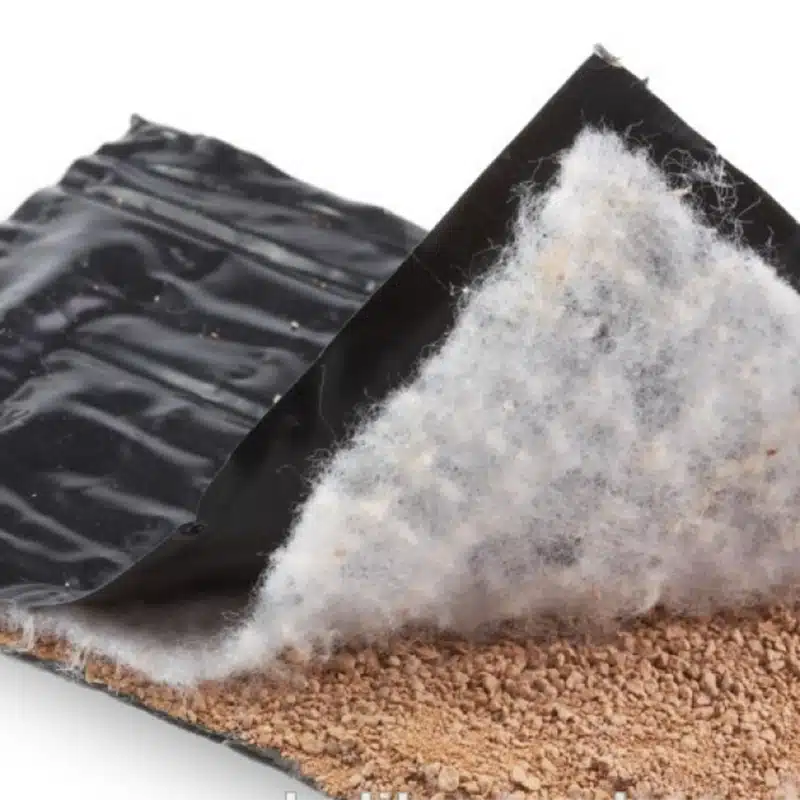+86-159 9860 6917
info@geofantex.com
geofantex@gmail.com
+86-400-8266163-44899
In recent years, the construction and civil engineering sectors have witnessed a significant revolution, thanks to the advent of geosynthetic reinforced soil (GRS) technologies. This innovative approach not only enhances the structural integrity of earthworks and foundation systems but also offers a myriad of economic benefits. From cost reduction to environmental sustainability, GRS technology is paving the way for more efficient, durable, and eco-friendly construction projects. In this article, we delve into the purpose, advantages, and economic benefits of geosynthetic reinforced soil, shedding light on why this method is becoming a cornerstone in modern engineering and construction practices.

What is the purpose of geosynthetic material in soil reinforcement?
Geosynthetic materials serve a crucial role in soil reinforcement by providing stability, strength, and durability to soil structures. These materials, including geotextiles, geogrids, and geomembranes, are specifically designed to enhance the load-bearing capacity of soil, prevent soil erosion, and manage water flow within civil engineering projects. Notably, they provide additional stability in the construction of embankments on soft soil, addressing a common challenge faced in such environments. The primary purpose of integrating geosynthetic materials into soil is to create a more stable and robust foundation for construction projects such as roads, retaining walls, and embankments, thereby ensuring their longevity and reducing the risk of structural failures.
What are the advantages of geosynthetic materials?
The use of geosynthetic materials in soil reinforcement offers several advantages, not only in their ability to significantly improve the mechanical properties of soil, including its strength and stability, which leads to enhanced safety and reliability of the engineered structures but also in their cost-effectiveness. Geosynthetics are easy to use and reduce construction time and costs by minimizing the need for natural aggregate materials and reducing the overall volume of required soil compaction. Furthermore, geosynthetic materials are versatile and can be tailored to meet the specific needs of various projects, making them suitable for a wide range of applications in different environmental conditions.

Are geosynthetics eco-friendly?
Yes, geosynthetics are considered eco-friendly for several reasons. Firstly, they contribute to the reduction of raw material usage by optimizing the performance of existing materials, which minimizes the environmental impact associated with the extraction and transportation of natural resources. Secondly, geosynthetics promote sustainable construction practices by enabling the use of local soils that might otherwise be unsuitable for construction. Importantly, geosynthetics help conserve energy and promote more durable and sustainable structures, aligning with global sustainability goals. Additionally, many geosynthetic products are made from recycled materials and are designed for long-term durability, further reducing their environmental footprint and reinforcing their role in fostering environmental sustainability.
What are the benefits of reinforcing soils?
Reinforcing soils with geosynthetic materials brings about numerous benefits, including economic savings, enhanced performance, and environmental sustainability. Economically, GRS technology reduces construction and maintenance costs by improving the efficiency of material use and reducing the need for expensive traditional materials. Performance-wise, it increases the lifespan of structures by improving stability, increasing bearing capacity, and increasing resistance to differential settlement, as well as resistance to natural forces such as erosion and seismic activities. From an environmental perspective, soil reinforcement using geosynthetics minimizes the impact on natural landscapes and reduces carbon emissions by optimizing construction practices and material usage.
The integration of geosynthetic reinforced soil (GRS) in construction and civil engineering projects offers a groundbreaking approach to building safer, more reliable, and environmentally sustainable structures. By enhancing the mechanical properties of soil, reducing construction costs, and promoting eco-friendly practices, GRS technology stands out as a valuable solution for modern engineering challenges. As we continue to explore the economic benefits and environmental advantages of this innovative method, it becomes clear that geosynthetic reinforced soil is not just a technological advancement but a step towards a more sustainable and economically viable future in construction and infrastructure development.



Get Free Sample
We’ll respond as soon as possible(within 12 hours)






















